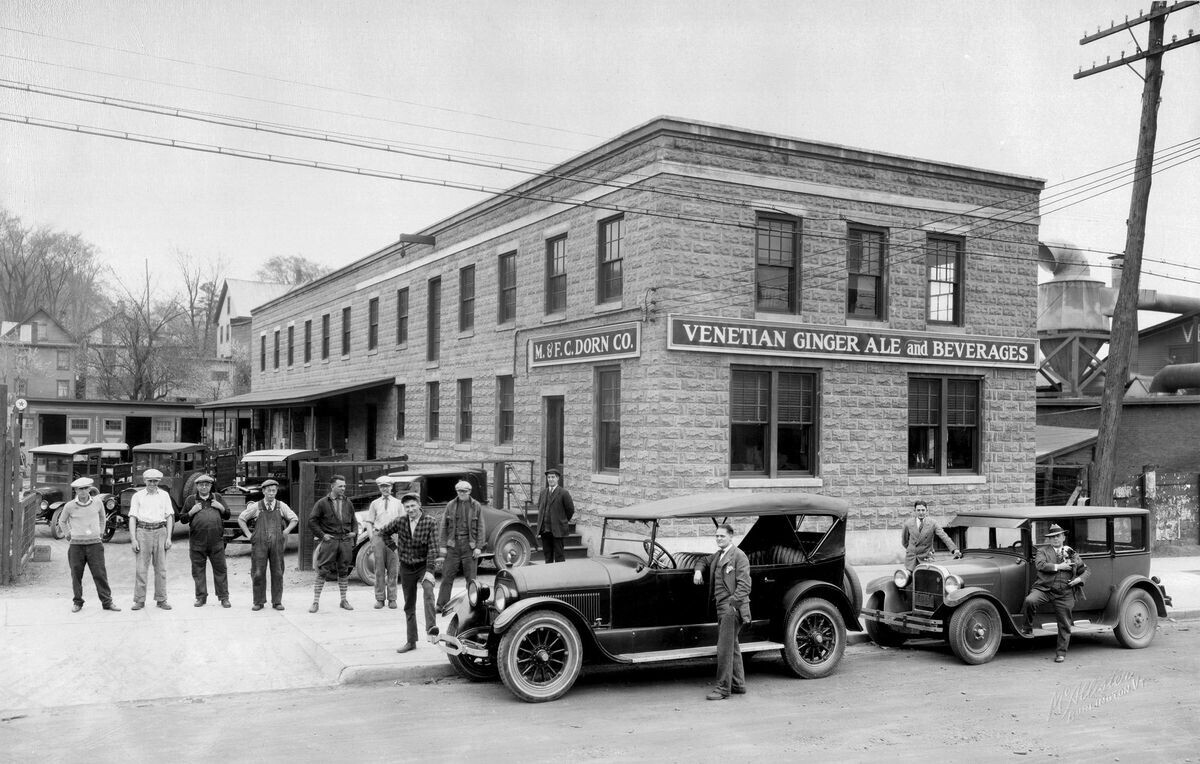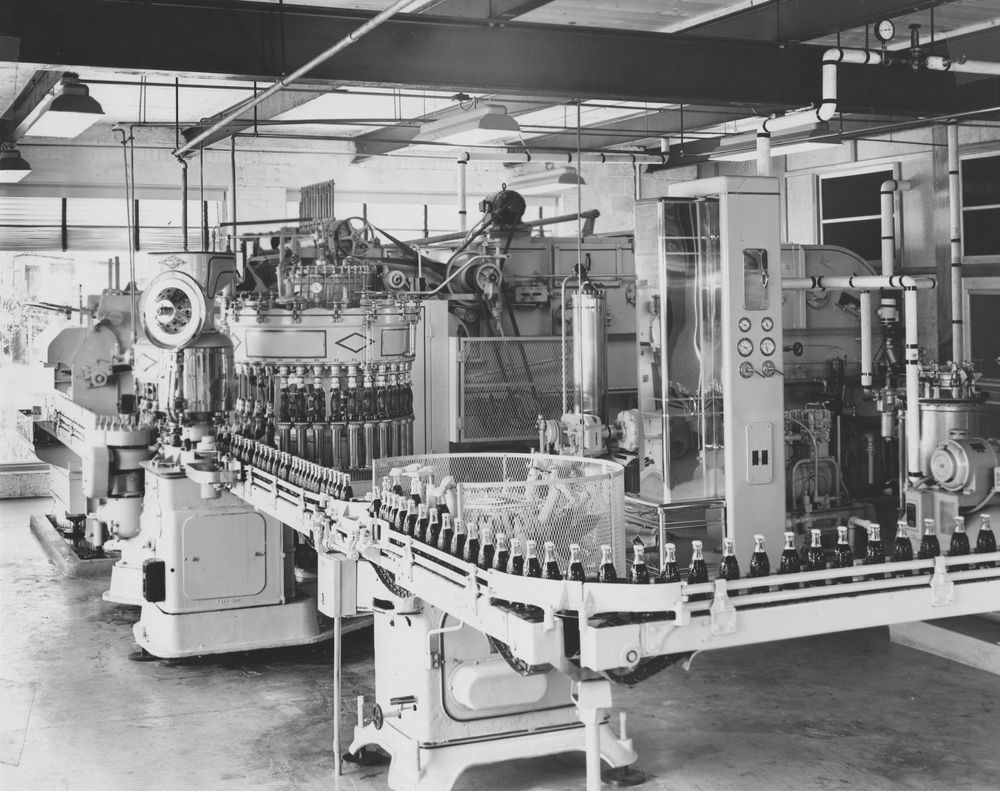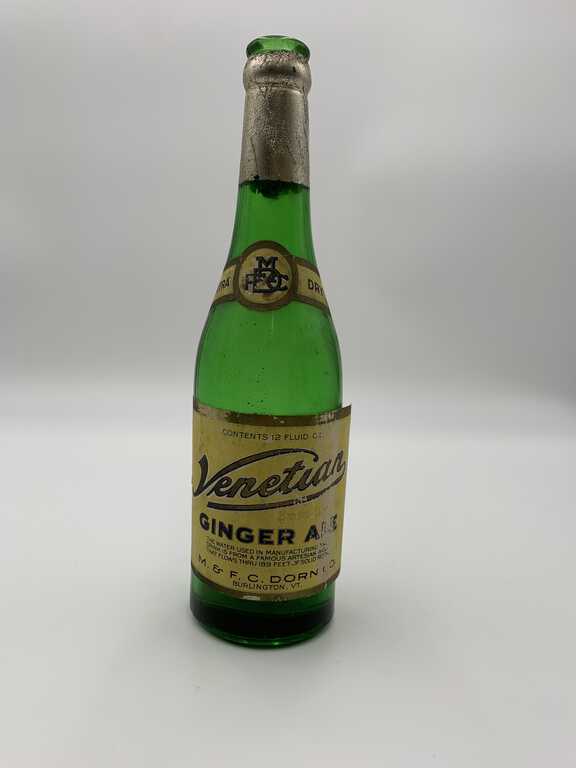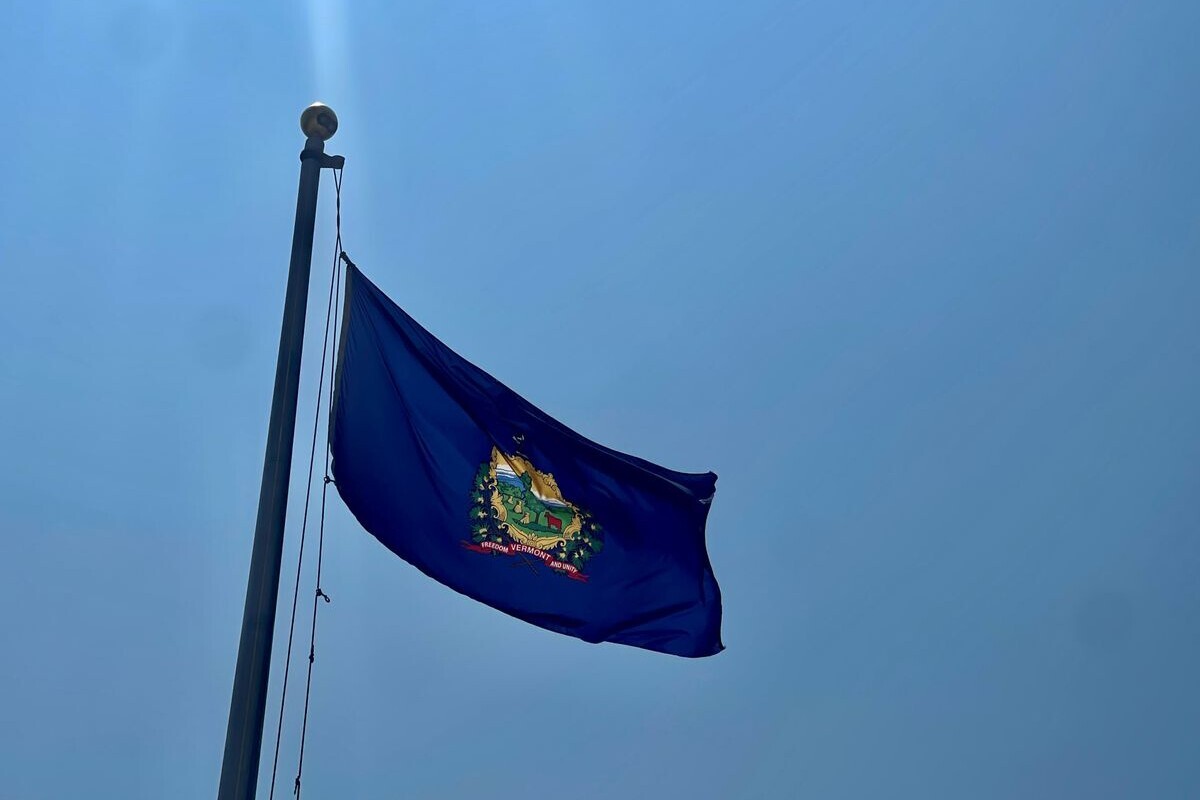A drink for Vermonters

While Vermont is now well-known for its breweries, the state has a complicated history when it comes to alcohol. It boasted one of the longest prohibitionary periods, even before the arrival of Prohibition in 1919, and out of that environment came a Burlington company that became well known for its drinks throughout Vermont and New England: M. & F.C. Dorn Company.
For centuries, alcohol was a staple of the European diets, one that followed colonists to North America. Those colonists drank a lot (three and a half gallons a year!), but with the advent of the Industrial Revolution in the 18th century, attitudes towards alcohol began to shift. Impaired workers operating machinery represented a threat to themselves and those around them, and Protestant and Quaker ministers preached about the moral vices that heavy drinking brought with it. The Temperance movement that followed in the 1800s, prompted some states to begin banning the production and sale of alcoholic drinks.
These efforts began as early as 1817 in Vermont, when a committee composed of various religious sects petitioned the state legislature to clamp down drinking and brewing. In the years that followed, the Temperance movement picked up steam and by 1853, the Vermont General Assembly passed a law prohibiting the sale and production of all alcoholic beverages throughout the state.
Those laws remained on the books for decades, but public favor veered in the opposite direction by the end of the century: various towns expressed a desire for a local option that would allow them to make the choice of remaining dry for themselves, and in 1903, the Legislature formally ended the practice.
Throughout the Temperance movement, people wanted beverages to drink, and non-alcoholic beverages like root beer, soda water, and ginger ales – often referred to as Temperance Drinks – grew in popularity throughout the country.
Enter Michael Dorn, who immigrated with his family to the US from Switzerland in 1871. They initially settled in Pittsburgh, Pennsylvania before moving to Burlington a decade later. According to his great-great grandchild, Justin Bunnell, he obtained a liquor license and opened the Dorn Café in Burlington in 1902. There, he experimented with a variety of drinks, and was particularly known for his cocktails. In particular, he noted that ginger was a good substitute: its fizzy body and color looked a bit like champagne, and its bold flavor meant that it could easily be mixed to flavor liquor.

Dorn was successful enough with those experiments to close his café and open the M. & F.C. Dorn Company in 1917, next to the Burlington Venetian Blind Company. The Venetian Blind Company had drilled a deep well with reportedly excellent quality water. The company used the water in their products, and even touted it in their advertisements: “Only the purest of ingredients are used in the manufacture of DORNS,” one ad reads, “including the famous Venetian Spring Water which flows from a depth of 187 feet of solid rock.”
The company produced a range of beverages, named for the neighboring factory. In addition to its ginger ale, Bunnell said Dorn and his sons also created their own lines of root and birch beers, sparkling water, as well as orange and lemon-flavored drinks, distributing them throughout New England and New York. Producing a line of non-alcoholic drinks was fortuitous for the company. The same year Dorn and his sons opened their business, the US Senate proposed the 18th Amendment to prohibit alcohol and it went into effect in January 1920.
The arrival of Prohibition was a boon for non-alcoholic beverage makers. In her book Ambitious Brew: The Story of American Beer, Maureen Ogle explained that an entire generation of people never touched alcohol, and as a result, “sales of Coca-Cola, ginger ale, root beer, and other soft drinks had tripled,” between 1911 and 1934. Breweries that couldn’t legally produce alcohol shifted their product lines to produce non-alcoholic beverages or shifted gears to bottle beverages for other companies.

Dorn seems to have done well for himself in the years that followed and, according to Bunnell, family legend suggests he might have also been involved in some of illicit, cross-border smuggling that took place in Vermont. However, Dorn scarcely saw the end of Prohibition: he died on January 7th, 1934, just a month after Prohibition came to an end.
His son Frank took over the company, and under his watch, the company began to drift away from producing their own line of drinks in favor bottling and distributing on behalf of other companies. With the end of Prohibition, breweries were once again free to begin producing and selling beer, and the Dorn company brought in the first shipment of Pabst beer into the state. Bunnell explained that the company won a contract to bottle and distribute Coca-Cola for Vermont, as well as several other beers and beverages. When Frank died in a car crash in 1950, his brother Paul took over the company and continued to steer it in that direction. The company’s original beverages fell by the wayside and the company was eventually sold in the 1980s; its operations moved elsewhere.
But that’s not the end of the story.
In 2015, Bunnell discovered boxes of his family’s recipes while helping his grandfather clear out his home. Inspired by his family’s history, he began experimenting with the recipes, and. after years of trial and error, he launched a crowdfunding campaign in 2017 to start his own company, Venetian Beverages, a century after the founding of the original M. & F.C. Dorn Company.
In a fitting twist of fate, the building that once housed the M. & F.C. Dorn company on Pine Street has since been transformed into a small-business incubator, and is now home to Venetian Beverages, where it operates a soda lounge, continuing the century-old legacy in the place where it began.
To stay up to date with the Vermont Historical Society, sign up as a member, subscribe to our newsletter, or follow us on social media.
